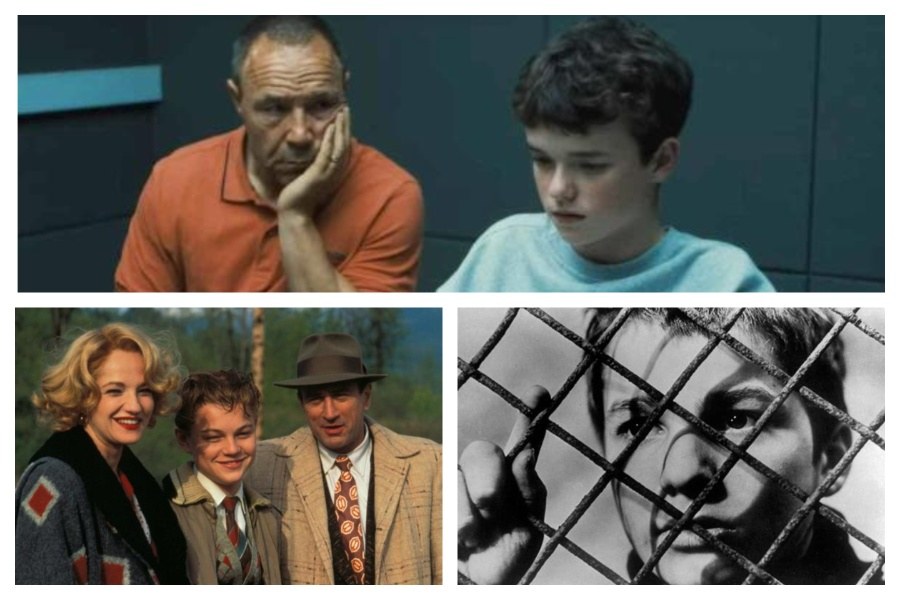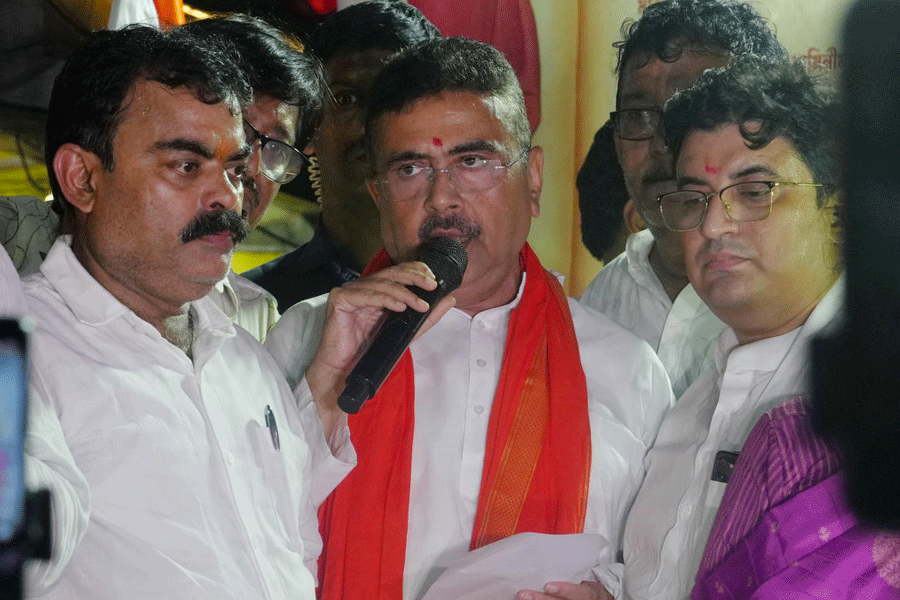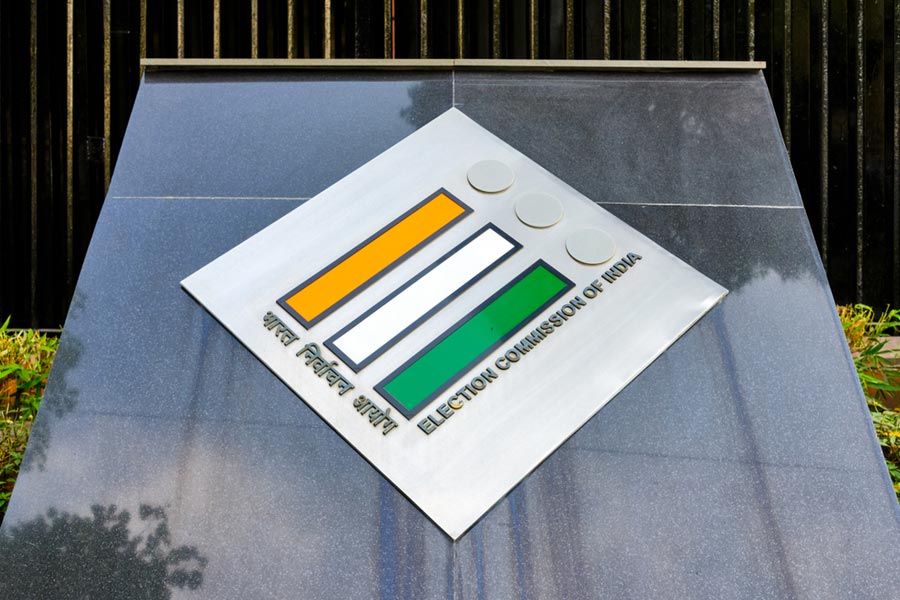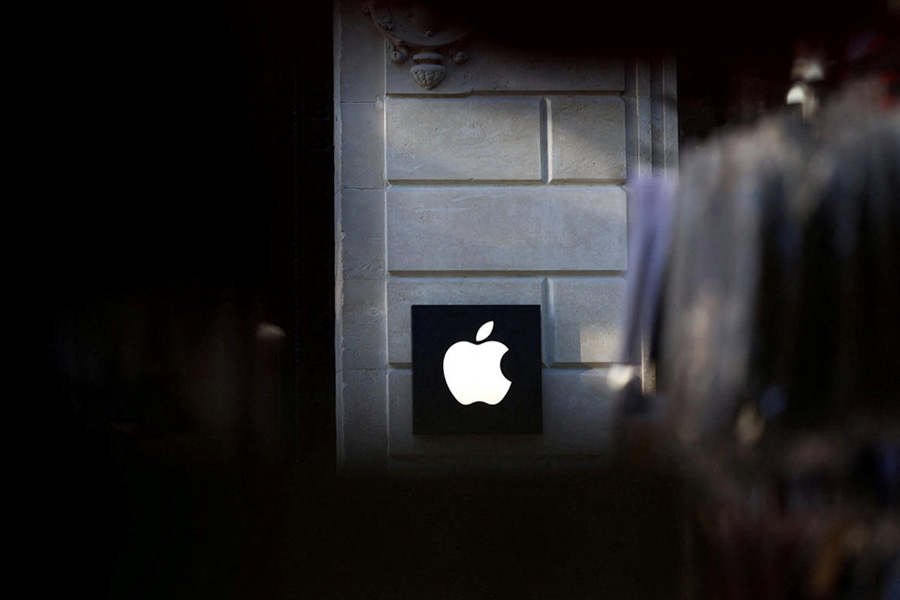The Netflix series Adolescence has created a huge stir worldwide. Deservedly, it is the most harrowing take on parenthood and bullying of schoolchildren. It calls for a look back at some remarkable films on the pressures of toxic masculinity on children.
Paule Pauländer
The first film that comes to mind is from the highly renowned German new wave director Reinhard Hauff called Paule Pauländer made in 1976. A hauntingly hard-hitting film about a 15-year-old Paule who works on his father’s farm, where he is brutally mistreated by Mr Paulander, who is fighting hard to save his farm.
Paule falls for a city girl and ends up fighting his despotic father and running off to a city which is more dangerous. Fascinating performances and highly gritty realism make it a remarkable film on boyhood and masculinity in this lopsided world of brutal rural poverty and urban consumerism. The final brilliant shot of young Paule running towards the city, shouting, “I am coming”, is more a desperate plea that is doomed. It’s a stark, haunting film that leaves you stunned. It’s like a premonition that the idyllic movement of “love, peace and brotherhood” of the early 1970s is dead. That boyhood has lost its innocence in a society that is beyond repair.
The 400 Blows
The second film that truly demands attention once again is the 1959 film dealing with adolescence and crime — The 400 Blows. This Francois Truffaut masterpiece, one of the founding films of the French new wave, looks at a lower middle-class urban family in a certain witty and lighthearted way yet captures the solemn detachment of Antoine, played effortlessly by Jean-Pierre Leaud. Not a single shot is for pure effect.
Every sequence leads to the final shot, which still remains as one of the most brilliant endings. At school, Antoine is typecast by his teacher as a troublemaker. He is the one who gets caught doing all the wrong things. He is shown as a liar, a cheat and finally a thief, but there is something so endearing about Antoine’s detachment that you clearly get to see his imaginative potential losing out to the adult world that fails to look beyond his adolescence.
The boy, who is deeply moved by Balzac, ends up plagiarising Balzac while writing an essay about his grandfather’s death. Instead of understanding the 12-year-old boy’s audacity of imagination by quoting Balzac, the teacher punishes Antoine. Truffaut’s comment on the conventional education system is sealed.
The dreary life of the lower middle-class is so effectively shown as we see the child bunking school and roaming the streets and slipping into the movie theatres. It’s a clear indication of the boy’s inner desperation to be free of the dull, unimaginative world. The sheer joy in trying to become someone else. It prompts him to even pretend that he is motherless. The scene where his mother finds out is shocking as well as witty. This supplying wit in dark situations is the essential hallmark of Truffaut, which is still so rare.
Antoine is finally caught stealing a typewriter and is sent to jail near the seaside. A world of brutal adult criminals where Antoine is trapped. Antoine manages to escape and runs towards the sea. The shot freezes and zooms in. This absolutely stunning and beautiful climax is still perhaps one of the most fascinating endings ever made in cinema.
This Boy’s Life
The next film that needs mention is fairly simplistic, Michael Caton-Jones’s This Boy’s Life, made in 1993 and starring Robert De Niro and a teenage Leonardo DiCaprio. It deals with the dysfunctional relationship with a boy and a physically abusive man he and his mother come to live with. Brilliantly performed, the film tries to look deeply into the psyche of a boy who wants to be different from his environment and move out of a dreary small town to a bigger school.
The clash with the mother’s lover, Dwight (De Niro) and Toby (Leonardo), is not just brutal but manages to reveal a society where toxic masculinity can be dangerous. The fact that Toby manages to escape the world of Dwight and catch a bus to Philadelphia with a full scholarship makes us feel somehow hopeful.
Beautiful Boy
Timothee Chalamet shines as the kid, Nic, addicted to crystal meth in Felix Van Groeningen’s 2018 film, Beautiful Boy. This time, instead of regressive brutal poverty, regressive masculinity, it’s drug abuse. The strength of the film lies in the fact that the father, David Sheff, played wonderfully by Steve Carell, has never ignored his son. He has done nothing but good and the fact that Nic gets into meth is a social phenomenon and not the result of disturbed family.
Everything is seemingly harmless, yet it’s a messy mosaic of blame, fear, and embarrassment, which no one is geared to deal with. Perhaps the cause is too much concern and care. Too much planning. Through rapid cutting of sequences, superbly performed, it’s a terrible realisation that there is a process of distance and separation required between parents and their children.
In dealing with the endless emotional misery in the film, it becomes a tad mushy, but Chalamet’s Nic is so sitheringly real that it saves the film from getting sentimental. The fact that he struggles desperately to feign interest in life when sober brings out the monotony of life without drugs in this hollow society. The apparently perfect, educated, non-working class family shown is actually insular, boring and disconnected from the real world of economic crises.
To me, it’s a palpably haunting film about a time and society where the lack of purpose among youth is highly evident. There is neither a political nor any cultural consciousness that affects the middle-class youth of today. The complete absence of an ideologue. How can a father and son relationship be meaningful without any proper dialogue about social or political issues? Beautiful Boy is a picture of a society that is superficially
perfect.
Adolescence
Yes, it is perhaps the most harrowing depiction of the crises of parenthood and lost adolescence in years. Perhaps no one has ever been so austere, stark, and gritty in depicting the complexities of boyhood and manhood. It is the most harrowing and terrifying experience series on the “incel culture” or childhood that is dangerously lost in Instagram.
The four-part series on Netflix begins with a bang. The cops burst into a lower middle-class home of Eddie Miller, a plumber. His 13-year-old son Jamie is arrested for the murder of his classmate. Eddie, played with superlative controlled anguish by Stephen Graham, is clumsy and boorish but with a golden heart. He has never harmed his children. As the series progresses, we get a heartbreaking experience when the father realises that the cops have enough evidence to arrest his beautiful, helpless boy. We are slowly led into a world where teenagers live primarily online. A secret world the adults are incapable of understanding, let alone monitor.
Owen Cooper as Jamie is outstanding. Yet, somehow, Ashley Walters as the police detective, Luke, steals the show. His supremely controlled performance of a cop who is tired of the bleakness of his job that may or may not bring justice, but will never restore the dead Katie back to her devastated parents. The fact that he, too, has a boy studying in the same school whom he has perhaps never understood as a dad, comes out with immense power. The entire second episode, minus the main characters, entirely in the unruly school where he desperately tries to interrogate the boys and teachers but fails, is perhaps the best of the entire four-episode series. As Luke himself says, the chaotic school is like a stinking pen.
Similarly, the penultimate episode, set entirely in the psyche ward where the child psychologist Briony (Erin Doherty) is making an independent assessment of Jamie required for the court case, is stunning. The almost one hour of Briony trying to cooly nudge and push the boy towards the truth is absolute brilliance. We get to know that the angelic boy Jamie is in denial and is hiding a repressed monster in him. It actually moved me to tears.
The final episode brings you back to Eddie and his family, months later trying to recover from the shock of their son being sent to jail. Superbly performed by all the three members, Eddie, his wife and daughter, it is essensially carthatic. It’s a simple family trying to come to terms with themselves, not understanding what went wrong. None of the parents are abusive. There are no skeletons in the cupboard. No clear explanations as to why one of the boys killed, and not the others who are equally messed up. The heartwrenching, bleak ending makes the series actually brave. Graham is absolutely outstanding as he breaks down for the first time on his son’s bed.
The power of this haunting experience primarily lies in the writing of Jack Thorne and Stephen Graham, brilliantly supported by each and every actor concerned. Yet, I must add that the series, despite having everything superlative, fails to become a modern masterpiece because of the single-shot treatment of each episode. I know the world is raving about it. I am aware of the immense effort and hard work that has gone into the making of these four single-shot episodes. To me, it becomes a gimmick halfway through the first episode. It does not add much to the narrative. It becomes showy and thereby pretentious. I miss out on the power of numerous reaction shots of wonderful characters and actors. I miss out on brevity, sharpness and neutral silence. I missed out on the power of editing.
The single shot sequences of Michelangelo Antonioni actually lift his films to a poetic level because the rest of the films are brilliantly edited. La Notte, Red Desert, Blow Up, Zabriskie Point, The Passenger… are all brilliantly edited. The bleakness of the film turns poetic. Similar things happen in the films of Andrei Tarkovsky and Theo Angelopoulos. I must even mention Buddhadeb Dasgupta. In Ketan Mehta’s Holi, certain handheld sequences are so erratically wild that they heighten the mad energy required in the film. The same experience happens more brilliantly in Tom Tykwer’s Run Lola Run.
To me, the modern master who changed the concept of editing is Alejandro Inarittu, and films like Amores Perros or 21 Grams attain a cinematic brilliance because of his cuts. Yet, his single shot technique in Birdman completely ruins the power of the narrative and becomes pure gimmick to me. Here, in Adolescence, the same tragedy happens. It neither evokes any poetic imagery, which the stark narrative doesn’t require. Neither does it help in building the tension. It keeps diffusing it and distracts. Having said all this, Adolescence manages to survive the gimmick purely because of the script and power of acting.











